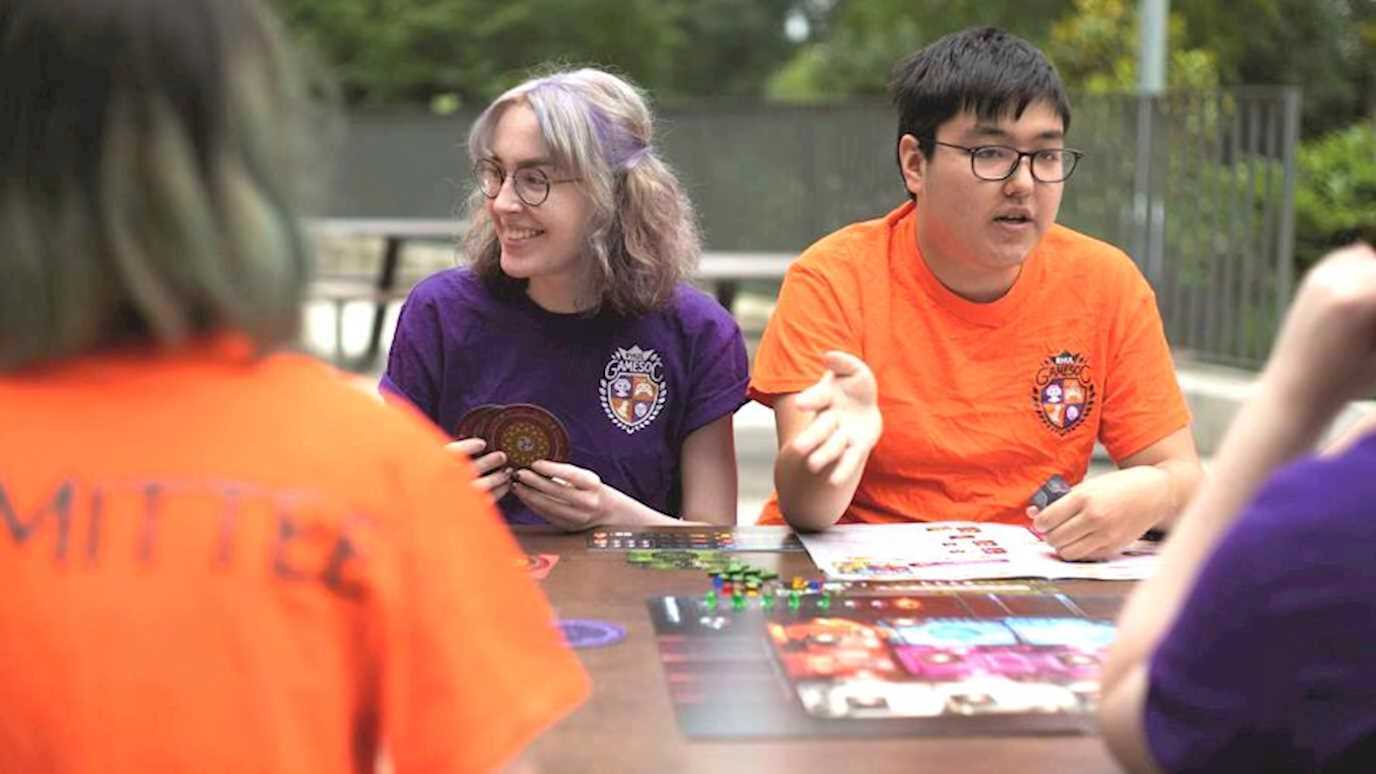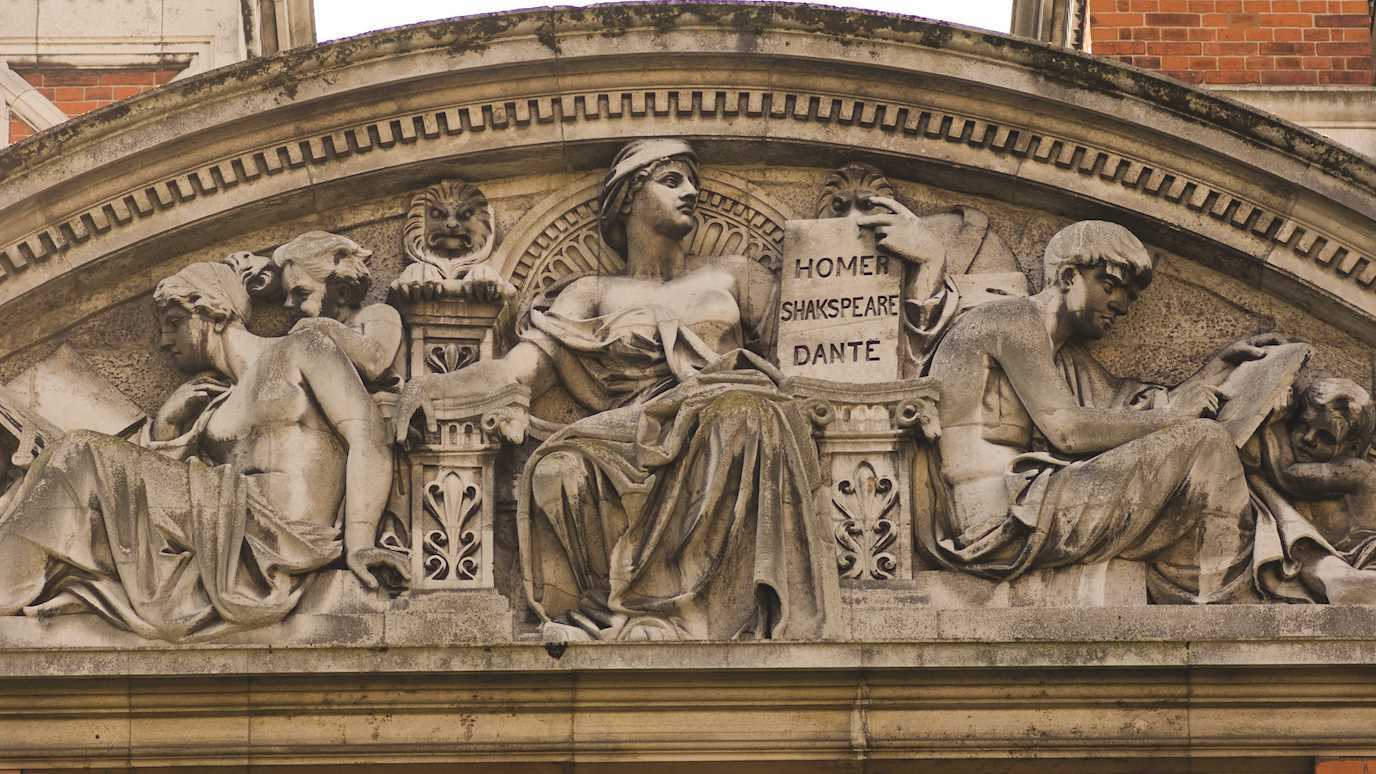Spring Term Seminar
Everyone is welcome!
15th January: Zain Kapadia (Queen Mary)
Title: Some Uniserial Specht Modules
Abstract: The Representation Theory of the Symmetric Groups is a classical and rich area of combinatorial representation theory. Key objects of study include Specht modules, the irreducible ordinary representations, which can be reduced modulo p (for p prime). In general, these are no longer irreducible and finding their decomposition numbers and submodule structures are key questions in the area. We give sufficient and necessary conditions for a Specht module in characteristic 2, labelled by a hook partition to be a direct sum of uniserial summands.
22nd January: David Ellis (University of Bristol)
Title: Turan densities for hypercubes and daisies, and related problems
Abstract: The vertex-Turan problem for hypercubes asks: how small a family of vertices F can we take in {0,1}^n, in such a way that F intersects the vertex-set of every d-dimensional subcube? A widely-believed folklore conjecture stated that the minimal measure of such a family is (asymptotically) 1/(d+1), which is attained by taking every (d+1)th layer of the cube. (This was proven in the special case d=2 by Kostochka in 1976, and independently by Johnson and Entringer.) In this talk, we will outline a construction of such a family F with measure at most c^d for an absolute constant c<1, disproving the folklore conjecture in a strong sense. We will explain the connection to Turan questions for 'daisies', and discuss various other widely-believed conjectures, e.g. on forbidden posets, that can be seen to fail due to our construction. Several open problems remain, including the optimal value of c above. Based on joint work with Maria-Romina Ivan and Imre Leader.
5th February: Sergey Kitaev (University of Strathclyde)
Title: What is a good bijection? A case study on pattern-avoiding permutations
Abstract: A bijection is a one-to-one correspondence between two sets. Usually, there is more than one way to construct a bijection between equinumerous sets. Naturally, if the sets are large and we don’t place restrictions on the bijections, the number of possible bijections grows significantly. But what makes a bijection “good”? Is it one that is easy to describe, or one that better reveals the structural similarities between the sets in question? While the answer “it depends” might suffice, there is much more to explore under certain assumptions and in specific contexts. In this talk, I will explore this question by illustrating a remarkable story from the theory of permutation patterns. This presentation will be accessible to a general audience.
12th February Rachel Newton (King’s College London)
Title: Diophantine equations and when to quit trying to solve them
Abstract: The study of integer or rational solutions to polynomial equations with integer coefficients is one of the oldest areas of mathematics and remains a very active field of research. The most basic question we can ask about such an equation is whether its set of rational solutions is empty or not. This turns out to be a very hard question! I will discuss modern methods for proving that the set of rational solutions is empty, as well as their limitations. Along the way, I will describe some joint work with Martin Bright concerning the wild part of the Brauer–Manin obstruction.
19th February Igor Wigman (King’s College London)
Title: TBA Abstract: TBA
26th February (Horton LT1) Christino Tamon (Clarkson University)
Title: Perfect state transfer in quantum walk on infinite graphs
Abstract: Let G be a graph with adjacency matrix A. We say perfect state transfer between two vertices u and v of G occurs if the quantum walk exp(-iAt) maps the characteristic vector of u to the characteristic vector of v at time t (up to a global phase). Recently, Godsil proved that this phenomenon is impossible if G is a bounded infinite graph. In contrast, we prove there is perfect state transfer between pair states in graphs with infinite tails. Our proof exploits the existence of a dark subspace (due to a decoupling theorem of Golinskii). Based on joint work with Pierre-Antoine Bernard, Luc Vinet and Weichen Xie.
5th March: Lucy Mason (RHUL)
Title: TBA
Abstract: TBA
12th March: Ian Leary (University of Southampton)
Title: TBA
Abstract: TBA
19th March (Horton LT1): Darren Banfield (RHUL)
Title: TBA
Abstract: TBA
26th March Mark Wildon (University of Bristol)
Title: TBA
Abstract: TBA




















